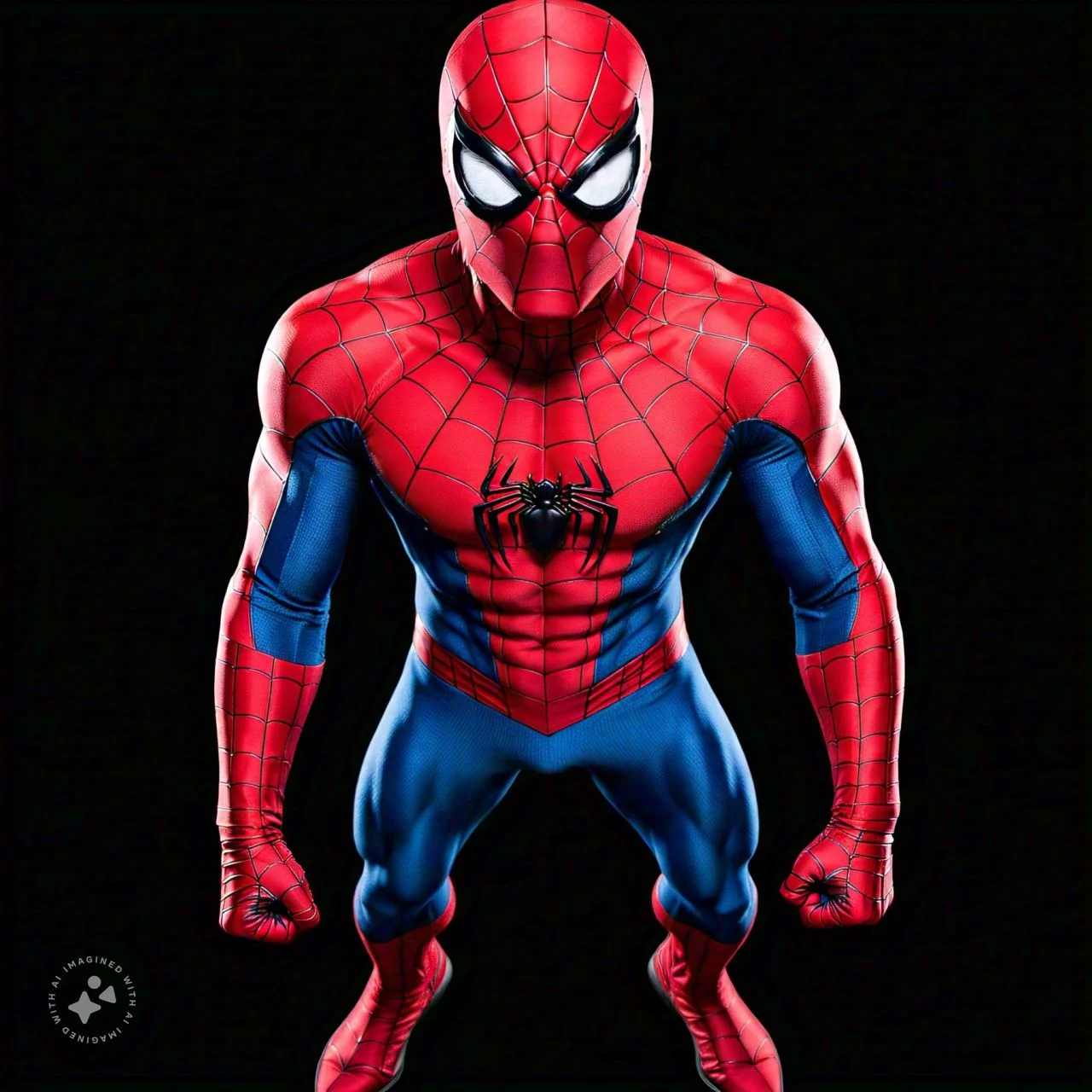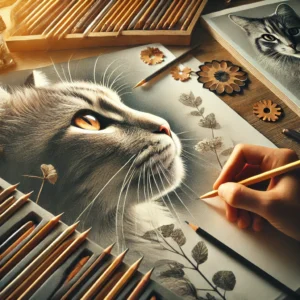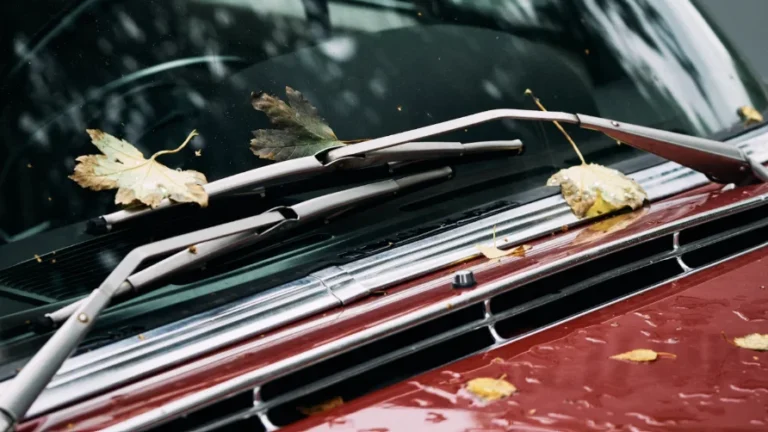Drawing Spider-Man is more than just recreating an iconic comic book character—it’s about capturing the essence of his agility, resilience, and energy. For artists, the challenge lies in bringing this superhero to life on the page with dynamic poses, bold colors, and expressive details. In this comprehensive guide, we’ll walk you through everything you need to know to master Drawing:xrw08wqdoco= Spiderman, covering essential tools, anatomy, techniques, and common pitfalls to avoid.
Whether you’re a beginner or a seasoned artist, learning how to accurately portray Spider-Man requires a deep understanding of his unique design, the tools available, and the various art styles you can use to make your own version stand out.
The Evolution of Spider-Man’s Design in Comics and Media
Spider-Man’s design has evolved significantly since his debut in 1962. From comic books to movies, television shows, and video games, each iteration of Spider-Man brings slight tweaks to his iconic red and blue suit, web patterns, and overall appearance.
In the early comics, Spider-Man was designed with a lean frame, simple webbing patterns, and bold colors. As technology in comics improved, artists added more intricate details to his costume, with the webbing becoming more complex, the suit colors becoming more vibrant, and his body taking on a more muscular build. The 1990s animated series gave Spider-Man a more stylized look, with exaggerated features and smoother animation. The Sam Raimi films introduced a 3D texture to the suit, with raised webbing and more defined muscles, which inspired video game adaptations that followed.
For artists interested in Drawing:xrw08wqdoco= Spiderman, studying these iterations can provide valuable insight into how to create a unique representation of the hero while staying true to his core characteristics.
Essential Tools and Materials for Drawing Spider-Man
Before you even begin sketching, selecting the right tools and materials is essential for achieving the best results. Here are some key items you’ll need to get started:
- Pencils and Fine Liners: High-quality pencils with varying hardness levels (like HB, 2B, and 4B) are ideal for sketching the initial outlines and shading. Fine liners or pens are perfect for adding intricate details, especially for Spider-Man’s webbing.
- Textured Paper: Opt for textured paper that allows for smooth blending and detailing. The texture provides grip for your pencil, giving you better control over your shading and line work.
- Erasers: A soft eraser for correcting mistakes and a kneaded eraser for subtle lightening of shaded areas will be helpful for drawing Spider-Man’s intricate details.
- Colored Pencils or Markers: Spider-Man’s costume is vibrant with its red, blue, and black tones. Using colored pencils or markers will help bring the character to life. Consider blending techniques to create dynamic shadows and highlights.
Whether you’re working digitally or traditionally, having the right tools ensures that the process of Drawing:xrw08wqdoco= Spiderman is as seamless as possible, allowing your creativity to flow freely.
Step-by-Step Guide: Drawing Spider-Man’s Features
1. Drawing Spider-Man’s Face and Mask
Spider-Man’s mask is iconic, with large, expressive eyes and a webbed pattern that wraps around his head. Begin by sketching an oval shape for his head and lightly mark out guidelines for his eyes and the center of his face.
- Eyes: Spider-Man’s eyes vary in size depending on the version, but they are always a key focal point. Draw two almond-shaped eyes that slightly curve upwards for an intense look. Make sure the proportions are balanced, as the eyes define his expression.
- Webbing Pattern: Once the eyes are in place, add the webbing pattern. Start by drawing vertical lines from the top of his head down to his chin. Then, connect these vertical lines with horizontal, curved lines that create the web effect. Ensure the lines follow the contour of his face for a natural look.
2. Drawing Spider-Man’s Body
Spider-Man’s body is lean but muscular, reflecting his agility. His anatomy is essential for conveying motion and energy in your drawing.
- Torso and Limbs: Start with a rough sketch of his torso, ensuring his shoulders are broad but his waist is narrow. His limbs should be long and flexible, emphasizing his spider-like agility. Focus on capturing the muscle structure in his chest and legs to convey strength.
- Web-Shooting Pose: One of Spider-Man’s most famous poses is mid-web-shooting. To draw this, position one of his arms extended forward, with his fingers forming the classic web-shooting gesture. Pay attention to the angles of his wrist and fingers to get this pose right.
3. Drawing Spider-Man’s Iconic Webbing
The webbing is an essential part of Spider-Man’s character design. It can be tricky to get right, as it requires precision and consistency.
- Web Design on Costume: The webbing on his costume should follow the contours of his muscles and body. Draw it with patience, ensuring the lines are evenly spaced and aligned with his anatomy.
- Web-Shooting in Action: If you’re drawing Spider-Man mid-swing, add dynamic webbing by sketching thick, spiral lines extending from his hand. Show the tension in the web to create the illusion of movement.
Techniques for Capturing Dynamic Poses
Spider-Man is known for his acrobatic and dynamic poses, which can be challenging to capture in drawings. To create fluid, action-packed illustrations, focus on the following techniques:
- Gesture Drawing: Begin by loosely sketching the overall movement and pose of Spider-Man. Don’t worry about details at this stage. The goal is to capture the motion and energy of the pose.
- Action Lines: Use action lines to indicate the flow of movement in your drawing. These lines guide the viewer’s eye and enhance the sense of motion, making Spider-Man look more dynamic.
- Weight Distribution: Pay attention to how Spider-Man’s body weight is distributed in each pose. Whether he’s swinging, crouching, or landing, the balance of his body should be believable and reflect his agility.
Common Mistakes When Drawing Spider-Man (And How to Avoid Them)
Even experienced artists can encounter challenges when drawing Spider-Man. Here are some common mistakes and how to avoid them:
- Incorrect Proportions: One of the most frequent mistakes is getting Spider-Man’s body proportions wrong. He’s lean but muscular, so avoid making his body too bulky. Focus on keeping his limbs long and his torso compact.
- Flat Webbing: Spider-Man’s webbing should never look flat. Whether on his costume or being shot from his web-shooters, add depth and dimension to the webbing by using thicker lines for the foreground and thinner lines for the background.
- Stiff Poses: Spider-Man is all about fluidity and motion. Avoid stiff, static poses by practicing gesture drawing and using action lines to enhance movement.
By learning from these common pitfalls, you can elevate your drawing of Drawing:xrw08wqdoco= Spiderman to a more professional level.
Exploring Different Art Styles for Drawing Spider-Man
One of the exciting aspects of drawing Spider-Man is the ability to experiment with various art styles. Whether you prefer a realistic approach or a more stylized, cartoonish look, you can adapt your style to fit your artistic vision.
- Comic Book Style: This is the most common style, characterized by bold outlines, dramatic shading, and vibrant colors. The emphasis is on dynamic poses and strong contrasts between light and shadow.
- Realistic Style: A realistic approach focuses on detailed anatomy, natural lighting, and textures. In this style, Spider-Man’s suit would have a more fabric-like appearance, with the webbing and muscles drawn in greater detail.
- Minimalist Style: For a more simplified version, you can use basic shapes and lines to represent Spider-Man’s key features. This style is often seen in logo designs or abstract interpretations of the character.
Digital vs. Traditional Tools: Which Works Best?
In today’s digital age, many artists prefer using digital tools to create artwork. However, traditional drawing methods still hold a timeless appeal. Both approaches have their advantages:
- Digital Tools: Using software like Adobe Photoshop, Procreate, or Clip Studio Paint allows for endless flexibility. You can undo mistakes, experiment with layers, and add intricate details with precision. Digital drawing is also great for creating Spider-Man’s webbing, as you can easily adjust the thickness and texture of lines.
- Traditional Tools: Many artists prefer the tactile feel of drawing with pencils and pens on paper. Traditional drawing gives a unique texture that can’t be replicated digitally. It also helps improve foundational skills such as line control and shading, which are essential for Drawing:xrw08wqdoco= Spiderman.
Conclusion: Bringing Spider-Man to Life in Your Art
Drawing:xrw08wqdoco= Spiderman is not just about replicating a popular character; it’s about conveying the emotion, energy, and agility that define him. Whether you choose to draw Spider-Man using traditional or digital tools, mastering his anatomy, dynamic poses, and iconic webbing will set your artwork apart.
With the right materials, practice, and attention to detail, you can capture the essence of Spider-Man in your art. By avoiding common mistakes and exploring different art styles, you’ll bring your unique vision of Spider-Man to life on the page. Whether you’re an aspiring artist or a fan of the superhero, the journey of learning how to draw Spider-Man is as exciting as the character himself.






















+ There are no comments
Add yours